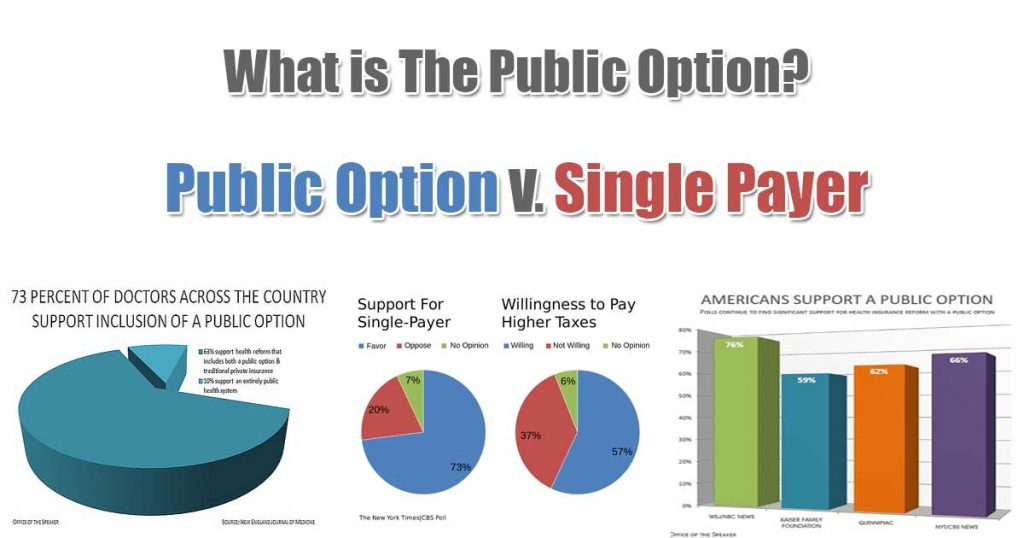Avoidance of disease and promotion of wellness Worldwide concentrations of healthcare resources, as illustrated by the variety of physicians per 10,000 individuals, by nation. Health care, health-care, or healthcare is the upkeep or improvement of health by means of the prevention, medical diagnosis, treatment, recovery, or cure of disease, disease, injury, and other physical and mental impairments in people.
Physicians and physician partners belong of these health experts (which of the following health insurance policy provisions specifies the health care services). Dentistry, pharmacy, midwifery, nursing, medicine, optometry, audiology, psychology, occupational treatment, physical therapy, athletic training and other health professions are all part of health care. It includes work done in supplying primary care, secondary care, and tertiary care, along with in public health.
Offering healthcare services means "the prompt usage of individual health services to achieve the finest possible health outcomes". Factors to think about in terms of healthcare access include financial constraints (such as insurance protection), geographic barriers (such as additional transportation expenses, possibility to take paid time off of work to utilize such services), and individual constraints (lack of capability to communicate with doctor, poor health literacy, low earnings).

Healthcare systems are companies developed to meet the health requirements of targeted populations. According to the World Health Organization (WHO), a well-functioning healthcare system needs a financing system, a trained and effectively paid workforce, trusted details on which to base decisions and policies, and well preserved health centers to provide quality medications and innovations.
Healthcare is traditionally concerned as a crucial determinant in promoting the general physical and mental health and well-being of people worldwide. An example of this was the around the world elimination of smallpox in 1980, stated by the WHO as the very first disease in human history to be completely eliminated by purposeful healthcare interventions.
The shipment of modern-day health care depends upon groups of experienced experts and paraprofessionals coming together as interdisciplinary teams. This consists of professionals in medicine, psychology, physiotherapy, nursing, dentistry, midwifery and allied health, along with lots of others such as public health practitioners, neighborhood health workers and assistive workers, who systematically provide personal and population-based preventive, alleviative and corrective care services.
Not known Details About Who Leads Health Care Services For Alameda County?
Health care can be defined as either public or personal. The emergency situation room is frequently a frontline venue for the shipment of primary treatment. Medical care describes the work of health experts who function as a first point of assessment for all patients within the healthcare system.
Another professional would be a licensed independent professional such as a physiotherapist, or a non-physician primary care supplier such as a physician assistant or nurse professional. Depending on the locality, health system company the patient may see another healthcare expert initially, such as a pharmacist or nurse. Depending on the nature of the health condition, clients might be referred for secondary or tertiary care.
It can be provided in different settings, such as Immediate care centers which offer very same day consultations or services on a walk-in basis (what is cost shifting in relation to the pricing of health care products and services?). Medical care involves the largest scope of healthcare, consisting of all ages of clients, patients of all socioeconomic and geographical origins, clients seeking to keep optimum health, and patients with all types of acute and persistent physical, mental and social health problems, consisting of numerous chronic illness.
Connection is a key characteristic of main care, as patients typically prefer to speak with the very same practitioner for routine check-ups and preventive care, health education, and each time they require an initial assessment about a new health issue. The International Classification of Medical Care (ICPC) is a standardized tool for understanding and examining details on interventions in primary care based on the factor for the client's go to.
Medical care likewise consists of many fundamental maternal and kid health care services, such as household planning services and vaccinations. In the United States, the 2013 National Health Interview Survey found that skin conditions http://sergiosohk676.image-perth.org/the-5-second-trick-for-a-health-care-professional-is-caring-for-a-patient-who-is-taking-zolpidem (42.7%), osteoarthritis and joint conditions (33.6%), back issues (23.9%), disorders of lipid metabolic process (22.4%), and upper breathing tract disease (22.1%, omitting asthma) were the most common factors for accessing a physician.
Physicians in this design expense patients directly for services, either on a pre-paid regular monthly, quarterly, or annual basis, or costs for each service in the workplace. Examples of direct main care practices consist of Foundation Health in Colorado and Qliance in Washington. In context of international population aging, with increasing varieties of older adults at higher threat of persistent non-communicable illness, rapidly increasing need for primary care services is expected in both developed and developing countries.
How What Is The Purpose Of The Public Health Care Services Division can Save You Time, Stress, and Money.
Secondary care consists of intense care: essential treatment for a brief time period for a short but major disease, injury, or other health condition. This care is frequently found in a hospital emergency situation department. Secondary care also includes experienced presence during giving birth, intensive care, and medical imaging services. The term "secondary care" is in some cases utilized synonymously with "healthcare facility care".
Some medical care services are provided within healthcare facilities. Depending on the company and policies of the nationwide health system, clients might be required to see a primary care service provider for a referral prior to they can access secondary care. In countries which run under a mixed market health care system, some doctors restrict their practice to secondary care by needing clients to see a primary care supplier first.
In other cases, medical experts might see clients without a recommendation, and clients may decide whether self-referral is preferred. In other countries client self-referral to a medical professional for secondary care is uncommon as previous recommendation from another doctor (either a medical care doctor or another professional) is thought about required, no matter whether the financing is from personal insurance schemes or national medical insurance.
Tertiary care is specialized consultative healthcare, normally for inpatients and on referral from a main or secondary health expert, in a facility that has workers and facilities for advanced medical investigation and treatment, such as a tertiary referral medical facility. Examples of tertiary care services are cancer management, neurosurgery, heart surgical treatment, plastic surgical treatment, treatment for severe burns, advanced neonatology services, palliative, and other complicated medical and surgical interventions.
Experimental medicine and some kinds of unusual diagnostic or surgical treatments are considered quaternary care. These services are usually just used in a minimal variety of local or nationwide healthcare centers. Numerous kinds of health care interventions are delivered outside of health facilities. They include numerous interventions of public health interest, such as food security monitoring, circulation of condoms and needle-exchange programs for the avoidance of transmissible diseases.

Neighborhood rehabilitation services can assist with movement and independence after loss of limbs or loss of function. This can consist of prostheses, orthotics, or wheelchairs. Lots of countries, specifically in the west, are dealing with aging populations, so among the priorities of the health care system is to assist senior citizens live complete, independent lives in the comfort of their own homes.